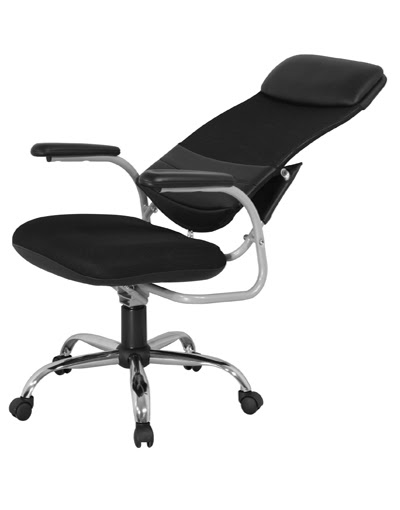 Back To Blog
Back To Blog
Culture Clash: East vs West
BY MobileFolk
23.10.2020 | 5 mins
Let’s assume that Drucker is right, but what if you are a Canadian company and you opened an office in Vietnam? Suddenly the fine-tuned culture that you developed in Toronto breaks down when introduced into Hanoi. Issues of identity and culture norms come up, and sometimes the underlying values are in direct conflict with each other making compromises impossible.
 Culture eats strategy for breakfast.
Culture eats strategy for breakfast.

Let’s assume that Drucker is right, but what if you are a Canadian company and you opened an office in Vietnam? Suddenly the fine-tuned culture that you developed in Toronto breaks down when introduced into Hanoi. Issues of identity and culture norms come up, and sometimes the underlying values are in direct conflict with each other making compromises impossible.
For us the culture clash surfaced in many places and the examples below are selected from a few key areas including eating, sleeping, and of course – personnel management.
- Eating lunch together
- Napping at work
- Top down management
Eating lunch together
Probably the biggest difference between Eastern culture and Western culture is the concept of collectivism vs individualism (group vs self). In the East, blending into a group or community is highly encouraged and proverbs such as “the nail that sticks out gets hammered” discourages people from sticking out, literally and figuratively. In Western culture, it’s the reverse. Individualism is encouraged, anchored by proverbs such as “the squeaky wheel gets the grease”.
The opposing values manifest themselves in many areas but one of the most glaring differences is during meals. In the East, people typically eat meals together sharing the dishes that are placed in the middle of the table while in the West, you get your own plate, often alone or in small groups.
At MobileFolk, we noticed that when the entire company eats together, it functions as a super water cooler and really brings the team together. During lunch, stories get swapped, food gets shared and it helps anchor the daily routine. At MobileFolk, we loved this idea so much that we hired a chef to cook lunch for our team at the office so that we have as much time as possible to socialize, play games or simply nap (more on this in the next section).

Napping at work
Less East vs West but more North vs South. Vietnam, being close to the equator, is naturally hot and humid, with temperature reaching the high 30s during the noon hours. This leads to people napping after lunch, during the hottest part of the day. People then bring this tradition to work, even when the office has A/C and it’s entirely normal for people to curl up at their desk to nap after lunch.
We found that napping after lunch allows our employees to be fresh, physically and mentally for the afternoon shift. At MobileFolk, we’re big believers in napping and do not consider it as a sign of laziness like other Northerners.
One of the first things our new hires do at our company is picking their new chair. Since they will be spending thousands of hours each year in it, we figured they should be the one to do the choosing.

This chair is our team’s most popular choice (it comes in a variety of colours!) As you can see, it can fold down into a more comfortable napping position.
Top down management
One important characteristic of East Asian culture is the respect for authority and seniority. Students are taught at an early age not to question the authorities such as their parents and teachers. Stepping out of line begets corporal punishments. This is further reinforced in all aspects of society, so of course these kids then carry this cultural norm to the workplace when they grow up. While this helps society keep peace and order, it is not helpful for dynamic industries such as tech where innovations and changes are constant while facts and knowledge are quickly outdated and the authority doesn’t always have all the answers.
Tech companies instead have to be flexible and pivot quickly when the environmental condition changes. This requires awareness and constant monitoring of internal and external conditions, and to do so requires feedback and suggestions from everyone in the company, especially the front line staff.
Honest feedback and suggestions from bottom up is vital to cover for management’s blindspots and provide the management team a full picture of the current situation so that correct decisions can be made. Of course this runs counter to the cultural norms in Asia, so efforts have to be made to make employees feel comfortable and safe to give honest feedback to the management team.

Of course, these are just a few examples we ran into and in no way exhaustive. In fact different companies will experience different culture clashes based on factors such as location, industry, and even the makeup of the team.
What we found to be helpful in dealing with cultural clashes is to be aware of the possibility and keeping an open mind when encountering cultural norms that clash with our own. It’s an opportunity to gain a new perspective and perhaps valuable add-ons to your company culture.



